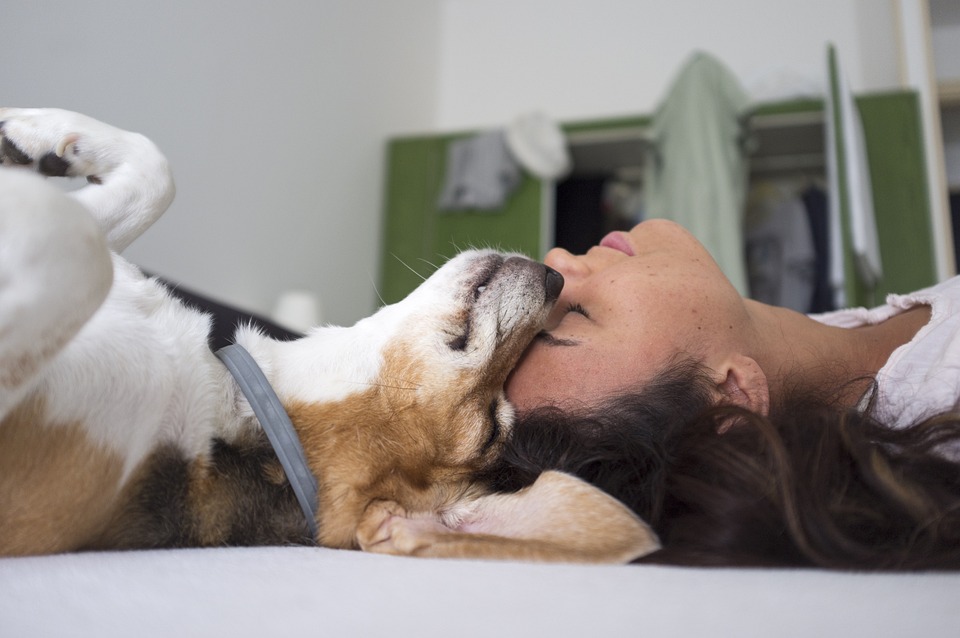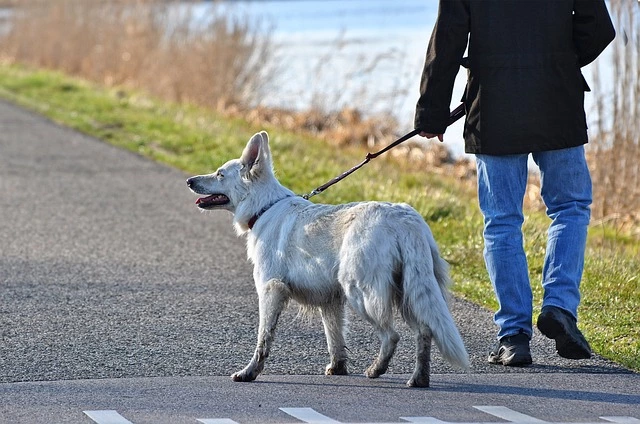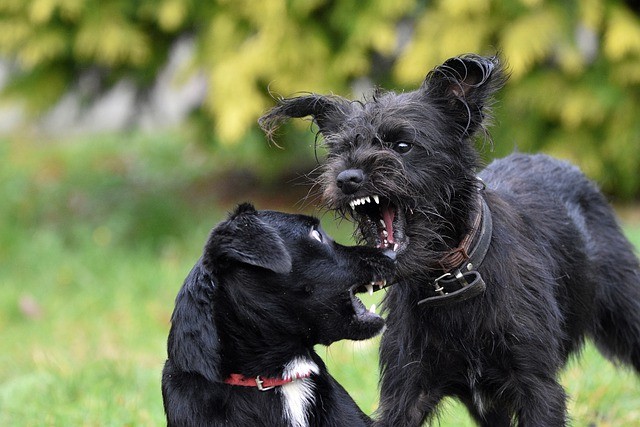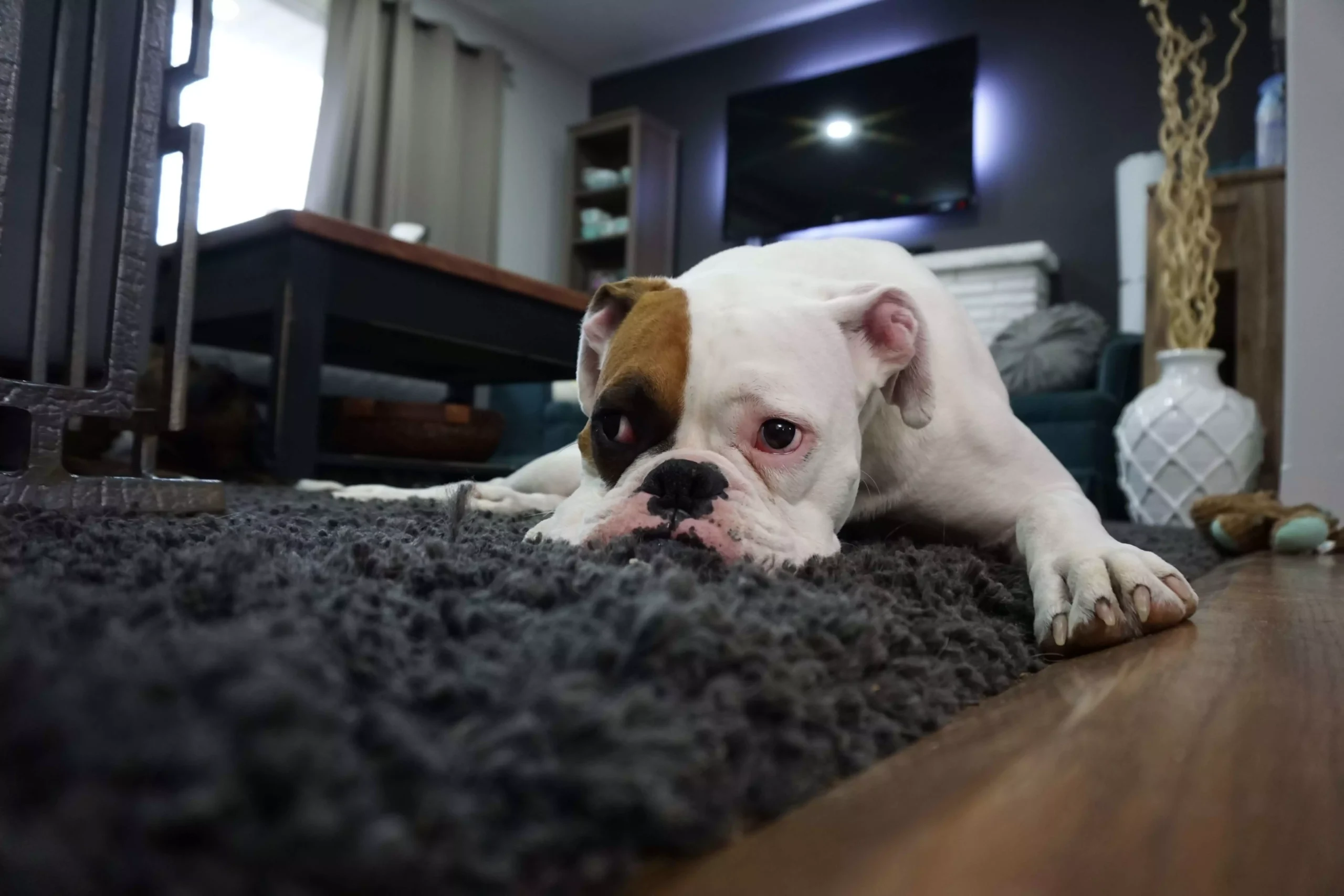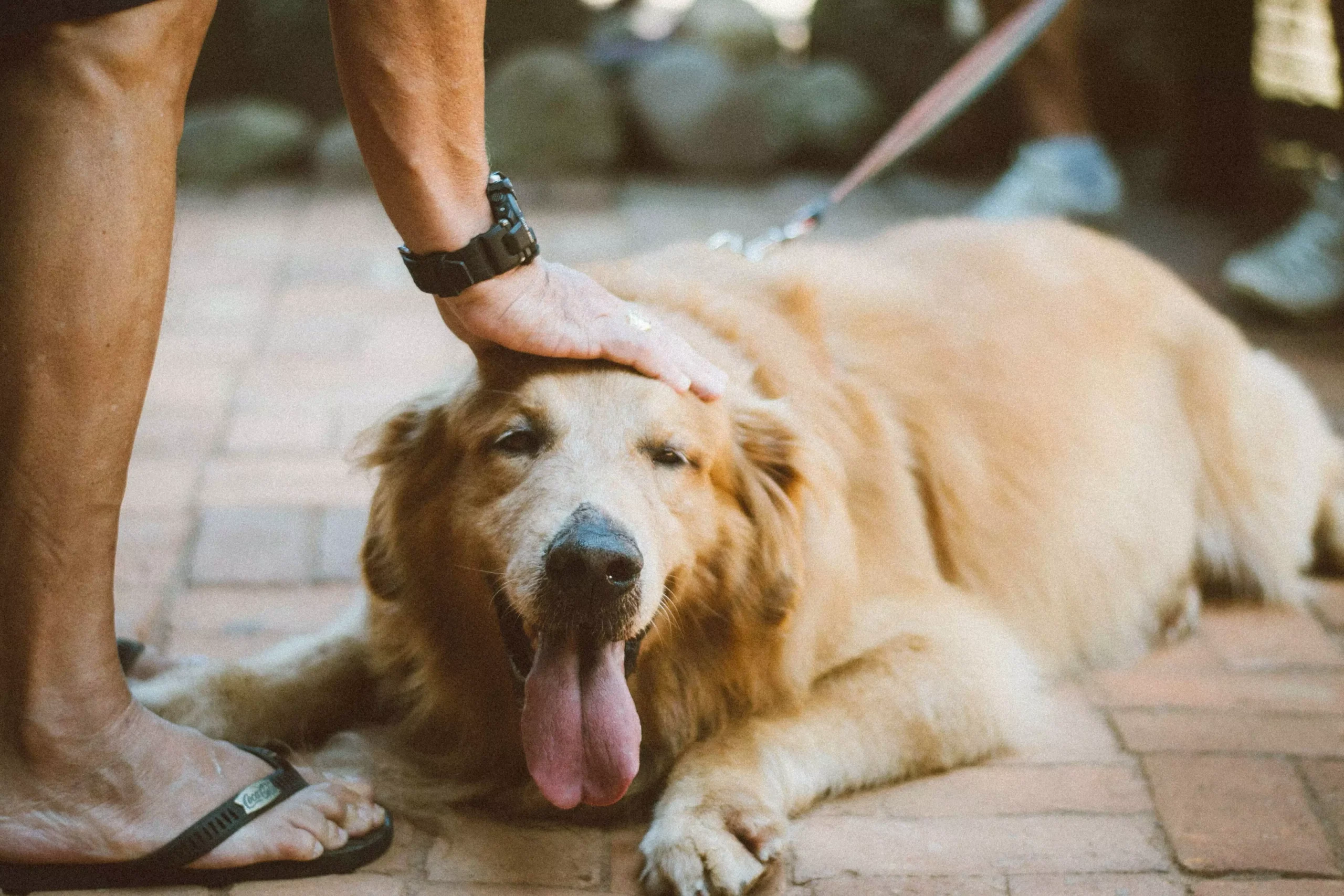Introduction:
Household cords are a common target for dogs who love to chew. Not only can this behavior damage your precious belongings, but it can also pose a serious risk to your furry friend’s safety. In this article, we will explore effective strategies to prevent dogs from chewing on household cords, ensuring a harmonious and safe environment for both you and your canine companion.
Why Do Dogs Chew on Household Cords?
Understanding the underlying reasons behind your dog’s chewing behavior is crucial in addressing and preventing it. Here are a few common reasons why dogs chew on household cords:
– Teething: Puppies, in particular, go through a teething phase where chewing helps alleviate discomfort and supports the growth of adult teeth.
– Boredom: Dogs with excess energy or insufficient mental stimulation may resort to chewing on cords as a way to entertain themselves.
– Anxiety and stress: Dogs may resort to destructive behaviors, such as chewing, when they feel anxious, stressed, or suffer from separation anxiety.
– Curiosity: Dogs are naturally curious creatures, and cords hanging around the house can be intriguing to explore.
Strategies to Prevent Chewing on Household Cords
Now that we understand why dogs chew on household cords, let’s dive into some effective preventive strategies you can implement:
1. Provide Appropriate Chew Toys: Ensuring your dog has access to a variety of safe and durable chew toys can redirect their chewing behavior. Opt for toys specifically designed for teething or durable toys made of rubber or nylon.
2. Positive Reinforcement: Rewarding your dog for good behavior is a powerful tool in preventing undesirable chewing. Praise and treat your dog when they avoid chewing on cords, reinforcing positive habits.
3. Environmental Management: Make cords inaccessible or unappealing to your dog by using cord covers, cable management systems, or hiding them behind furniture. This minimizes the temptation to chew and removes the cords from your dog’s reach.
4. Training and Distraction: Teaching your dog basic obedience commands, such as “leave it” or “drop it,” can be invaluable in preventing chewing on household cords. Redirect their attention to appropriate chew toys or engage them in interactive games to keep their minds occupied.
5. Stay Vigilant: Supervise your dog whenever they have access to areas with cords. If you notice them showing interest in cords, redirect their attention immediately and guide them towards appropriate chew toys.
FAQs about Preventing Chewing on Household Cords
Q: Is chewing on household cords dangerous for my dog?
A: Yes, chewing on household cords can be dangerous for your dog. It can lead to electric shocks, burns, mouth injuries, or even more severe consequences if the cord is plugged in.
Q: My dog only chews on cords when I’m not home. What can I do?
A: If your dog displays destructive behavior when left alone, it may indicate separation anxiety. Consult with a professional dog trainer or behaviorist to address this issue. Additionally, you can provide mental stimulation through puzzle toys or consider crate training to create a safe space for your dog.
Q: Are there any taste deterrents I can use to discourage my dog from chewing on cords?
A: Yes, there are taste deterrent sprays available specifically designed to discourage dogs from chewing on various objects, including cords. These sprays have an unpleasant taste, which can deter your dog from chewing.
Q: How long does it take to train a dog to stop chewing on cords?
A: The time it takes to train a dog to stop chewing on cords can vary depending on various factors, including your dog’s age, temperament, and previous training experiences. Consistency, positive reinforcement, and patience are key during the training process.
Conclusion:
Preventing chewing on household cords is essential for both your dog’s safety and the preservation of your belongings. By employing a combination of training, environmental management, and positive reinforcement, you can redirect your dog’s chewing behavior and create a harmonious living space for you and your furry friend. Remember, always prioritize your dog’s well-being and seek professional guidance if needed.

